Midiman DMAN
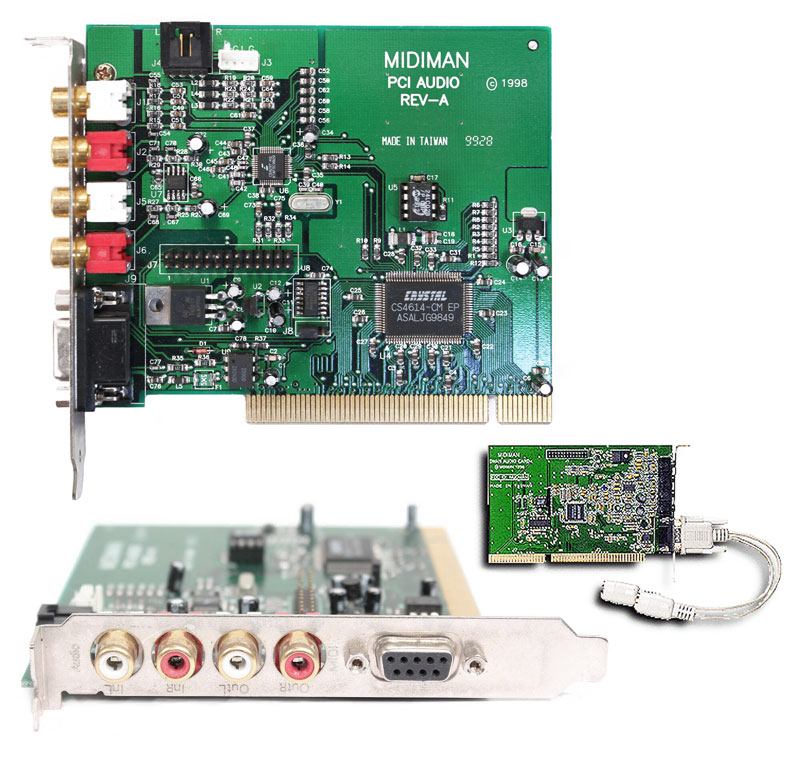
1998 - The DMAN PCI™ is a PCI Digital Audio Card for the PC. Features: PCI 2.1 compliant card. Requires one IRQ and no DMA channels.
• High quality audio specs: 90 dB dynamic range.
• Full-duplex for simultaneous stereo record and playback.
• Stereo line-level inputs and outputs on gold-plated RCA jacks.
• MIDI In/Out on 5-pin DIN connectors.
• Built-in 64-Voice General MIDI Wavetable Synthesis with GS Reverb/Chorus Effects, independent of hardware MIDI I/O.
• Built-in header for addition of standard wavetable daughter board (optional).
• Integrated Analog Mixer.
• High-quality differential CD audio input.
• Full Windows 95/98 Plug-and-Play compatibility.
Specifications:• 18-bit delta-sigma A/D and D/A converters, 16-bit data path.
• All standard sample rates supported, up to 48 kHz.
• Total Dynamic Range: 90 dB, THD+N: -85 dB typical.
• Frequency Response: 20 Hz to 20 kHz, +/-0.5 dB.
• Line Level Impedance: 13.6 k Ohms.
• Maximum Audio I/O levels: +6 dBV (-10dBV nominal).
• 16 channel MIDI interface drives both external MIDI port and optional wavetable header.
• DirectX™ Compatible
• 255 MIPs DSP Architecture, 96-Channel Streaming Interface with Hardware Scatter/ Gather Support
M-Audio Delta 44
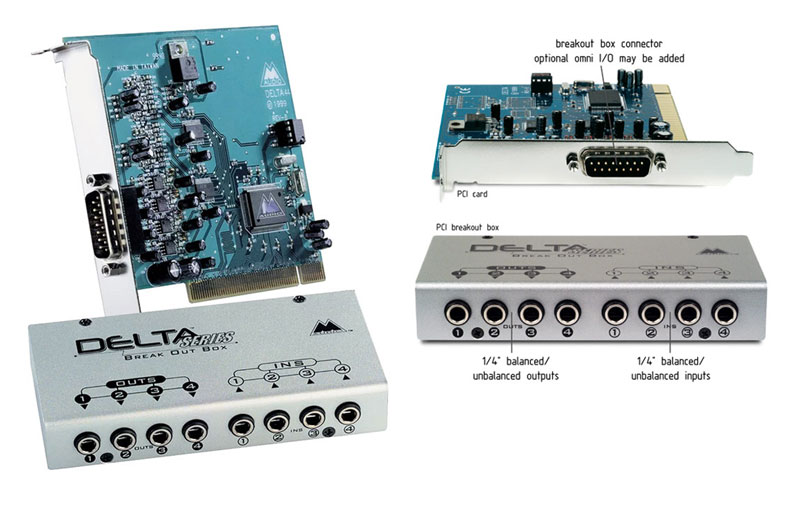
$399 - The Delta 44 is the only computer interface you will need to input and
output 4 channels of analog audio from your computer -- all at an
affordable price and at the pinnacle of 24-bit 96kHz fidelity. The Delta 44
system includes a PCI card connected to a sturdy analog break-out box. The
break-out box provides four analog audio input and output jacks (1/4" TRS),
compatible with balanced or unbalanced, +4dB or -10dB signal levels. Also
included is Delta Control Panel software which allows you to control the
Delta 44's comprehensive routing, monitoring, and mixing capabilities.
Features:
*4x4 24-bit/96kHz full-duplex recording interface.
*Configured as a PCI Host card with external audio break-out box.
*4x4 analog break-out box accepts balanced or unbalanced connections
on 1/4" tip-ring-sleeve (TRS) jacks.
*Analog I/O configurable for +4dB or -10dB signal levels.
*Measured D/A specs: 103dB (A-weighted) dynamic range, 0.0015% THD @
0dBFS.
*Measured A/D specs: 99dB (A-weighted) dynamic range, 0.0023% THD @
0dBFS.
*All data paths support up to 24-bit/96kHz performance, no upgrades
necessary.
*Powerful digital mixing, routing and monitoring capabilities.
*Includes Windows 95/98, ASIO/ASIO2, Mac*, DirectX and Windows NT
drivers.
M-Audio Delta 66
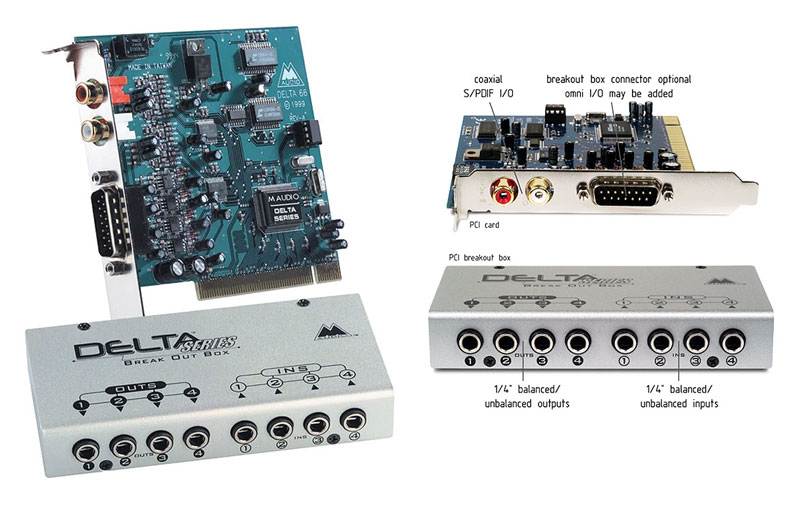
$499 - The Delta 66 is the only computer interface you will need to input analog and digital audio sources into your computer and output the results to your monitoring system and/or mixdown deck--all at an affordable price and at the pinnacle of 24-bit 96kHz fidelity. The flexible Delta 66 system includes a PCI card with S/PDIF I/O, connected to a sturdy analog breakout box. The breakout box contains four analog inputs and outputs compatible with balanced or unbalanced, +4dB or -10dB signals. Also included is Delta control panel software which supplies you with comprehensive routing, monitoring, and mixing capabilities.
Features:
• 6x6 24-bit/96kHz full-duplex recording interface.
• Configured as a PCI Host card with external audio break-out box.
• PCI card provides S/PDIF inputs and outputs on RCA jacks.
• 4x4 analog break-out box accepts balanced or unbalanced connections on 1/4" TRS jacks.
• Analog I/O configurable for +4dB and –10dB signal levels.
• Measured D/A specs: 103dB (A-weighted) dynamic range, 0.0015% THD @ 0dBFS.
• Measured A/D specs: 99dB (A-weighted) dynamic range, 0.0023% THD @ 0dBFS.
• All data paths support up to 24-bit/96kHz performance, no upgrades necessary.
• Powerful digital mixing, routing and monitoring capabilities.
• Hardware sample-accurate sync links multiple Delta 66s.*
• Includes Windows 95/98, ASIO/ASIO2, Mac*, DirectX and Windows NT drivers.
M-Audio Delta 1010
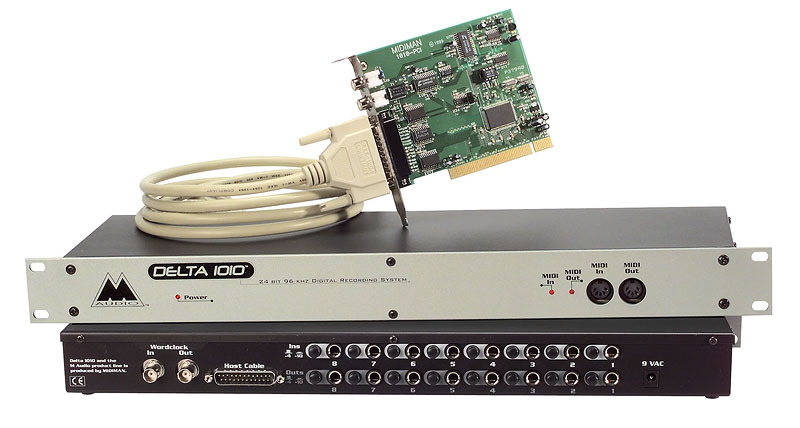
$995 - The Delta 1010 stands at the forefront of digital audio’s evolution, making available a level of performance previously unattainable. Unrivaled in its integrity, the DELTA 1010 shores up what used to be the Achilles’ heel of any computer-based system: the transfer and conversion of audio between the outside world and the computer. With 24-bit 96kHz bandwidth and expansive flexibility, the DELTA 1010 boasts 8 balanced or unbalanced analog I/Os, S/PDIF I/O, Word Clock I/O, and MIDI I/O to guarantee connectivity in any installation. To ensure that your audio is not compromised by your computer’s internal noise, the Delta 1010’s converters reside in a rock-solid, external, rack-mountable chassis. We’ve even located the power transformer outside of the chassis to further secure the absolute transparency of your audio.
Performance
• All data paths support all bit widths and sampling rates up to 24-bit/96kHz.
• High dynamic range (A-weighted measured): D/A 108db, A/D 109db.
• Low distortion (measured THD @0dBFS): D/A less than 0.0015%, A/D less than 0.001%.
Hardware
• Configured as PCI host card with external rack-mount unit, which houses all converters.
• 8x8 analog I/O is balanced or unbalanced on 1/4" TRS connectors.
• +4/-10 operation, individually switchable on the external rack-mount unit.
• S/PDIF I/O on PCI host card.
• Full duplex operation.
• Word Clock I/O.
• MIDI I/O.
Software
• Powerful digital mixing, routing and monitoring capabilities with included software.
• Hardware sample-accurate sync links multiple Delta 1010s.*
• Includes Windows 95/98, ASIO/ASIO2, Mac*, DirectX and Windows NT drivers.
M-Audio Delta DiO 2496
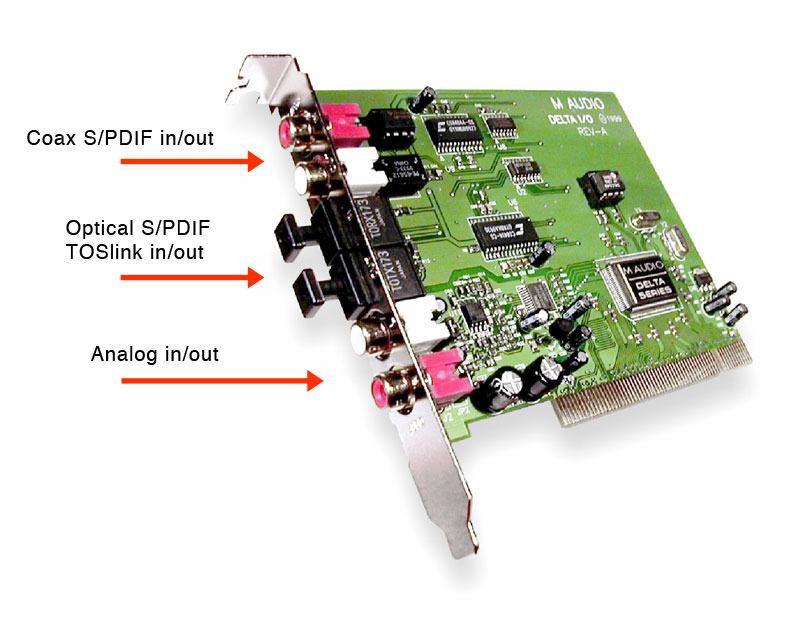
$249 - Professional digital transferring and mastering have never been as affordable and easily accessible as they are now with the Delta DiO 2496. With a host of pro features, the Delta DiO 2496 is ready for any and all optical and coaxial S/PDIF applications. Besides sporting dual format digital I/O (optical on TOSlink connectors, coaxial on gold-plated RCA connectors), the Delta DiO 2496 also provides a high-quality D/A converter which may be used for monitoring or mixdowns. All data paths support 24 bit 96kHz operation, and the D/A output channels are completely independent of the digital output channels making the Delta DiO 2496 a 2-in 4-out full-duplex card. Finally, the Delta DiO 2496 offers onboard digital mixing and routing, monitor control, SCMS (Serial Copy Management System) output on S/PDIF, and even multi-platform operation. Features:2-in, 4-out 24 bit/96kHz full-duplex audio interface on a half-size PCI card.S/PDIF inputs and outputs on Coaxial (RCA) and Optical (TOSlink) jacks.High-quality stereo analog output on RCA jacks, configurable as +4dB or -10dB.Built-in digital mixer allows the D/A converter to monitor digital inputs or act as its own independent stereo output.Measured D/A specs: 101dB (A-weighted) dynamic range, 0.002% THD @ 0dBFS.All data paths support up to 24 bit/96kHz performance.Drivers include: Windows 95/98, Windows NT, ASIO, ASIO2, Direct Sound, EASI, Multi-card 95/98 & Multi-card NT (up to 3 in a system), Gigasampler, Mac Sound Manager and Mac ASIO.
M-Audio Delta 1010 LT
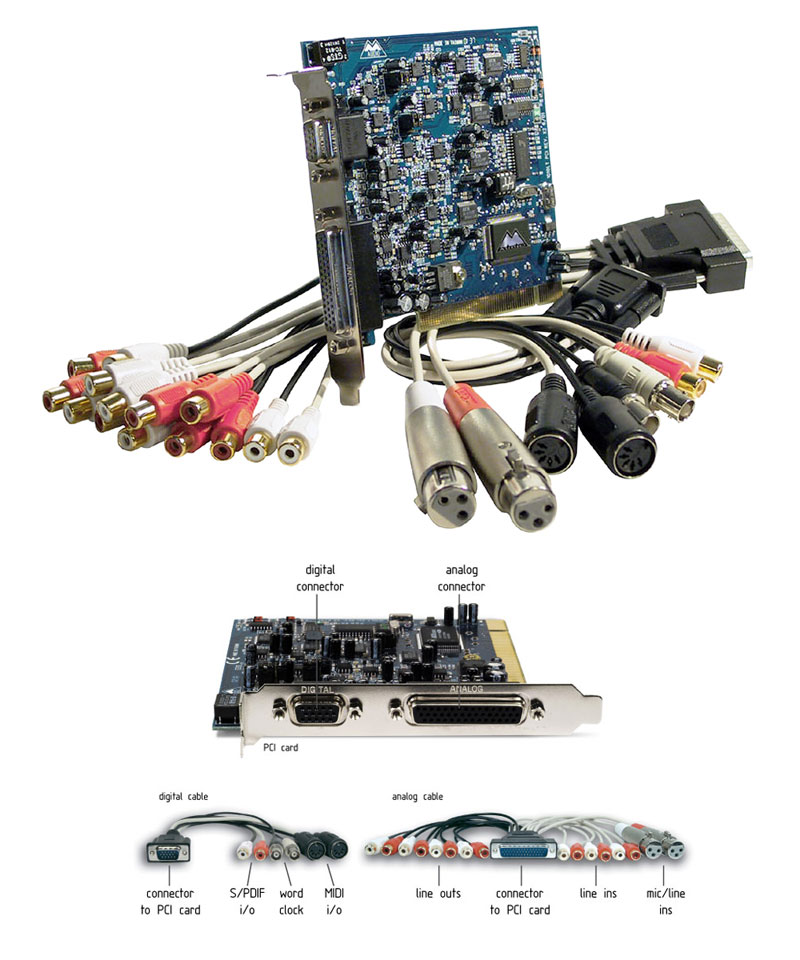
2002 - $499.95
The Delta 1010-LT offers all of the interface features you need to record music on your computer, including: eight analog inputs and outputs, including 2 XLR microphone inputs with pre amps, S/PDIF in/out, MIDI in/out, and word-clock in/out. Audio from a variety of sources can be connected to the 1010-LT inputs, and the comprehensive Delta Control Panel software can set and even fine-tune the input line level. Inputs 1 & 2 on XLR jacks can be set to receive a balanced line or a mic level signal, eliminating the need for an outboard mic preamp. The S/PDIF input will interface with gear from pro DAT players to CD, DVD or Minidisc, and offers control over the SCMS copy protection protocol.
The Delta 1010-LT outputs can be connected to an external mixer or sound system, while the S/PDIF outs feed your digital mix down deck. The Delta Control Panel Software also controls a hardware mixer embedded in the PCI card, giving still more routing and mixing control. Use the MIDI I/O for your MIDI controllers and sound modules, and finally, connect to word-clock capable devices for rock-solid sample clock synchronisation.
The 1010-LT is part of the Delta series of PCI audio cards, and benefits from years of development and research. No other audio interfaces on the market compete with the sound quality and driver compatibility of the Delta series. Install it in your Mac or PC computer today and begin exploring the world of professional digital audio.
What about drivers?
We pride ourselves in providing you with not only highly stable drivers but also the broadest driver compatibility of any card. All Delta audio cards feature drivers for Windows XP, 2000, ME, 95/98, and NT, ASIO, Direct Sound, EASI, Multi-client 95/98/ME & Multi-card drivers for all Windows OS, Gigasampler, Mac Sound Manager and Mac ASIO, ASIO2.
Delta 1010-LT Specs:
• 10 in /10 out 24bit 96kHz audio card with mic pre-amps, digital i/o,MIDI i/o and more
• 10x10 24-bit/96 kHz full-duplex recording interface. PCI host card with 2 external, colour coded breakout cables.
• 8x8 analog I/O, balanced on female XLR and unbalanced on gold-plated RCA connectors, with signal level adjustments selectable within the Delta Control Panel.
• S/PDIF digital I/O supports a variety of modes, including AC3 or DTS surround (PC only) and copy protection schemes can be set via the Delta Control Panel.
• 1x1 MIDI I/O on standard DIN jacks.
• External synchronisation via word Clock I/O on BNC connectors.
• The two balanced XLR analog inputs can be set via hardware jumpers to accept microphone level or line level signals.
• High dynamic range (A-weighted measured): D/A 101.5 dB, A/D 99.6 dB.
• Low distortion (measured THD @ 0dBFS): A/D and D/A less than 0.002%.
• Frequency Response: 22-22kHz, -0.2,-0.4dB @48kHz; 22-40kHz, -0.2,-0.7dB @96kHz
• All data paths support up to 24bit/96kHz performance, no upgrades necessary.
• Comprehensive digital mixing, routing, and monitoring capabilities with included Delta Control Panel software.
• Hardware sample-accurate sync will allow linking of multiple Delta units.
• Windows XP, 2000/ME and 95/98 multi-card, multi-client drivers with ASIO1 and ASIO2 multi-card, GSIF and EASI drivers included; Windows NT multi-card drivers also included.
• Macintosh control panel and drivers with ASIO1, ASIO2, and legacy ASIO support for OS 8.6 or higher including OS X.
M-Audio Delta 410
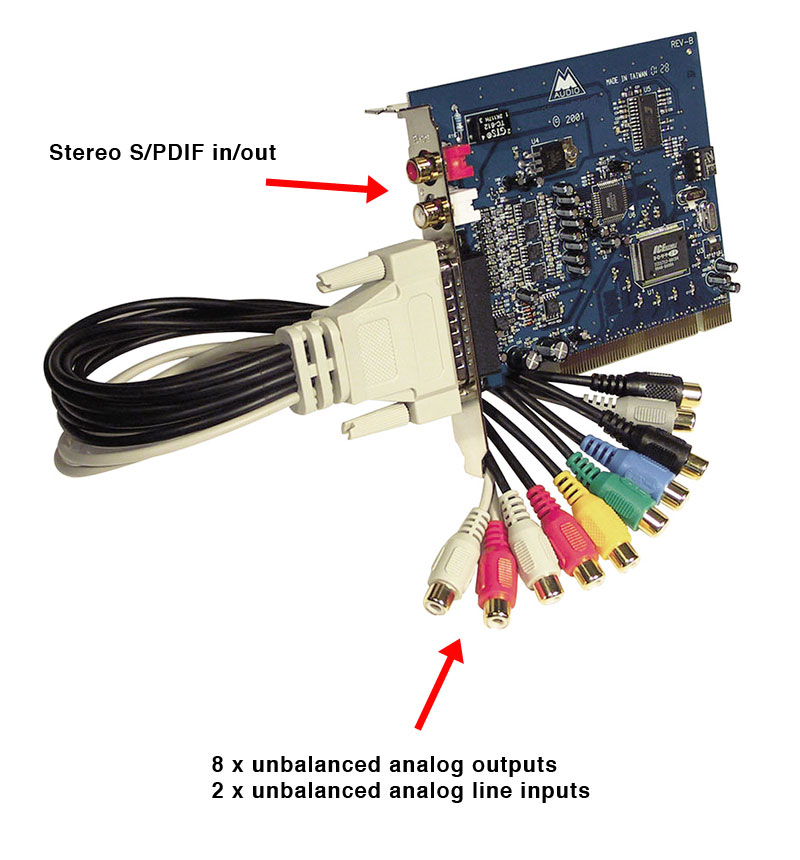
2002 MSRP: $269.95 USD)
Why a Delta audio card?
Sound quality, performance, and superior driver technology are a few of the reasons that Delta audio cards have established worldwide recognition as a top choice in PCI-based digital audio solutions. With superb engineering and ultra-high quality conversion, the fidelity of the Delta 410 outperforms cards that cost many times more. The 410 offers the professional performance required by today’s most popular software programs, and provides you with features like 24-bit 96 kHz recording, zero latency monitoring and digital mixing.
Why the 410?
Recordings are often put together one track at a time (a guitar solo here, a vocal there) as opposed to being all tracked simultaneously. As a result, many musicians decide to choose an audio card with fewer Ins and more Outs rather than spending money on a lot of inputs they may never use. The Delta 410’s 4-in/10-out configuration is created with this type of recording approach in mind. The multi-output card is often combined with an analog mixer, allowing a computer-based recording system to behave more like a traditional analog one. Recording inputs are quickly routed to the same inputs of the soundcard via a patchbay or mixer. Outputs are sent to mixer channels or analog effects devices, allowing for an “analog studio” style configuration where signals are bussed to and from a mixer in the analog domain.What about drivers?
Drivers are what allows your card to communicate with audio applications. M-Audio offers drivers compliant with almost every possible application on the market. For Macintosh, there are both Sound Manager and several different versions of ASIO. For Windows, there are ASIO, ASIO2, GSIF, EASI, as well as multi-client WDM (Win 2K) and Win 98 / ME drivers. Multiclient drivers allow you to use multiple applications simultaneously, allowing you to run sequencers, soft-synths, and other programs at the same time. We are also committed to supporting both MacOS X and Windows XP.
Studiophile SP-5BNeed speakers? The Studiophile SP-5B speakers are designed to work perfectly with M-Audio gear, and because they're self powered, all you need is a cable to use them. Click for more info...The Delta 410 has what you need.
• Convenient and powerful routing possibilities
• Unsurpassed fidelity
• Superior driver technology
• The broadest compatibility of any card
• Zero latency monitoring
• Expandability
• Bit-for-bit accurate digital transfers via S/PDIF
• 24-bit 96 kHz recording
• Powerful digital mixing and routing.
• Control over SCMS (Serial Copy Management System).Delta 410 Specifications:
• 4x10 24-bit/96khz full-duplex recording interface.
• PCI card with break-out cable to gold-plated RCA jacks.
• 8 Analog Outs, -10dB unbalanced consumner signal levels.
• 2 Analog Ins, configured for -10dB unbalanced signal levels.
• S/PDIF digital I/O on gold-plated RCA connectors located on the PCI card. A variety
of settings, including AC3 or DTS surround and copy protection schemes, may be configured via the Delta Control Panel software.
• High dynamic range (A-weighted measured): D/A 101.5 dB, A/D 99.6 dB.
• Low distortion (measured THD @ 0dBFS): A/D and D/A less than 0.002%.
• Frequency Response:
22-22kHz, -0.2,-0.4dB @48kHz
22-40kHz, -0.2,-0.7dB @96kHz
• All data paths support up to 24bit/96kHz performance, no upgrades necessary.
• Comprehensive digital mixing, routing, and monitoring capabilities with included Delta Control Panel software.
• Hardware sample-accurate sync will allow linking of multiple Delta units.
M-Audio Fast Track USB
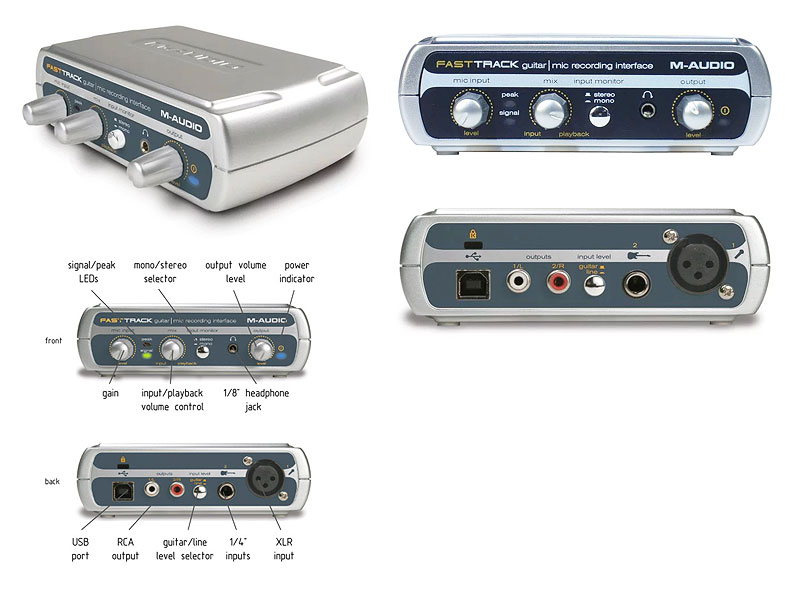
2003 - $129.95
If you make music with GarageBand or other software recording programs, Fast Track USB is the easiest way to record your guitar with professional results. Just connect Fast Track USB to the USB port of your computer and you're ready to rock. Fast Track USB has an input for instruments like guitar, bass and keyboards, plus a microphone input for recording vocals or other acoustic sounds. The included GT Player Express software gives you killer effects and virtual stomp boxes so you don't need any other gear to sound great. GT Player Express also plays standard audio files like AAC, MP3 and WAV that let you learn and jam along with your favourite music at variable speeds. Fast Track USB is the easy and professional way to add guitar, vocals, and more to your computer music experience.
44.1 & 48k
ASIO 2
WDM
Kernel Streaming
Mac OS X Core Audio
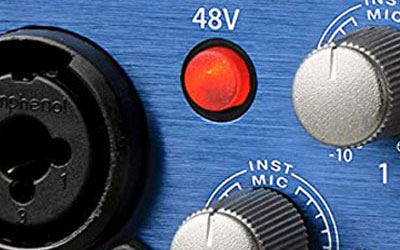
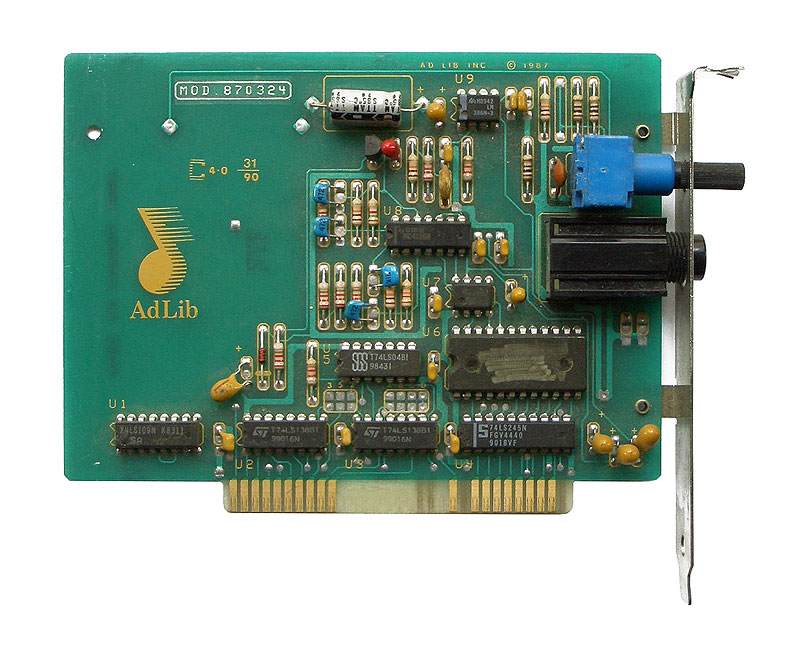
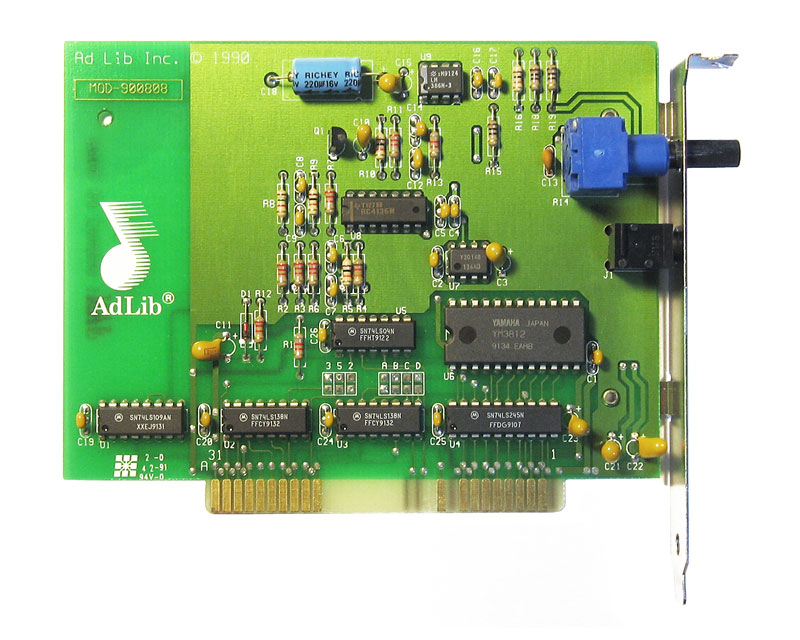
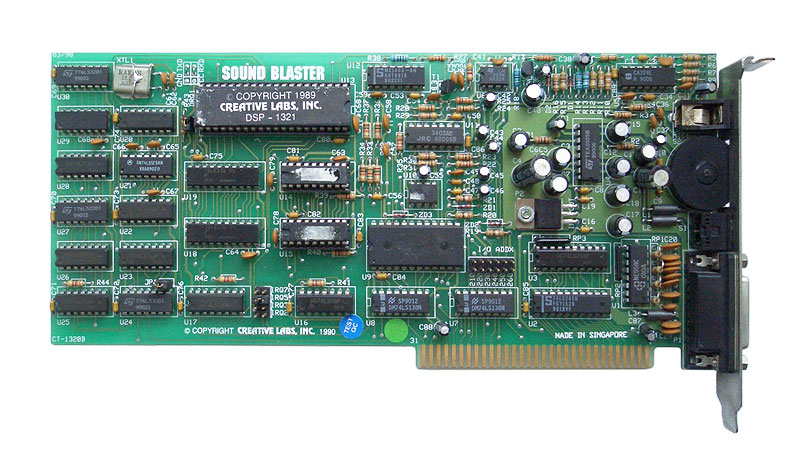
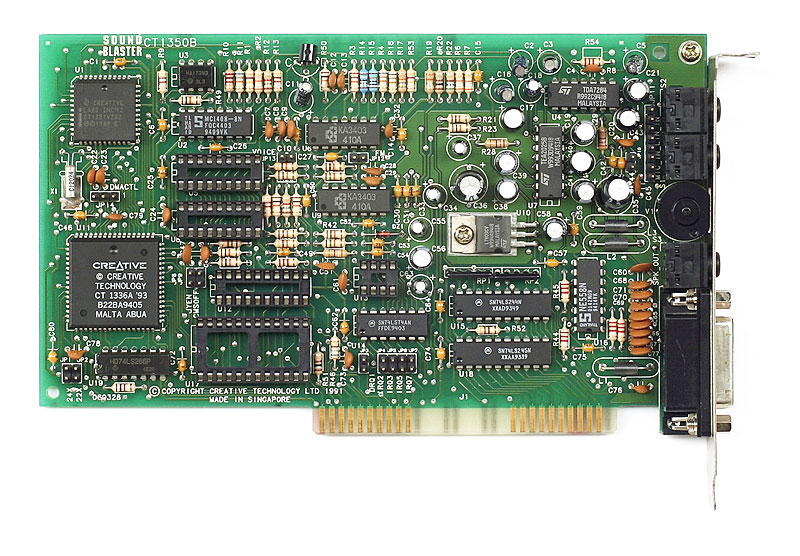
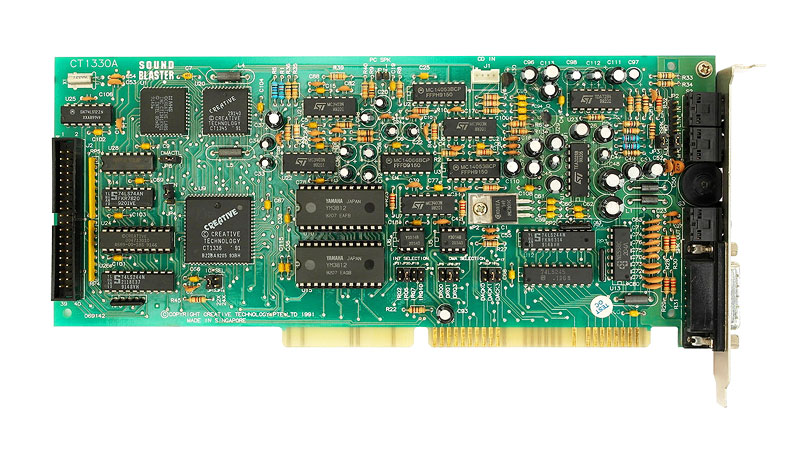
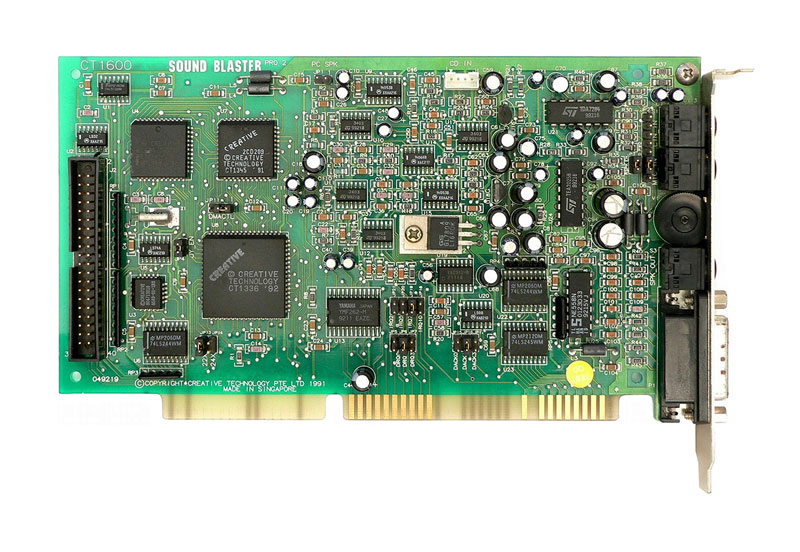
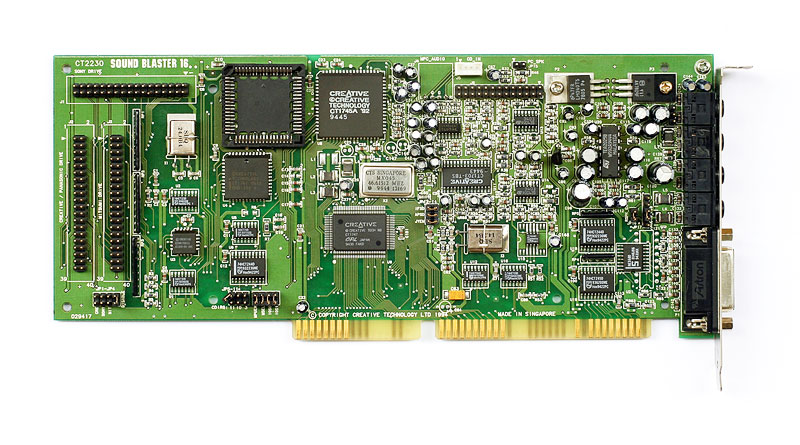
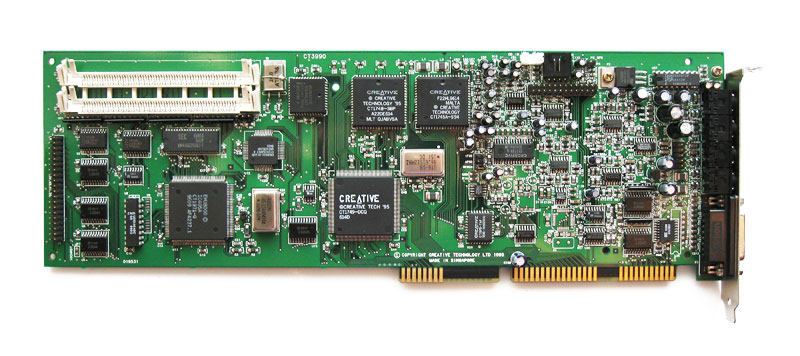
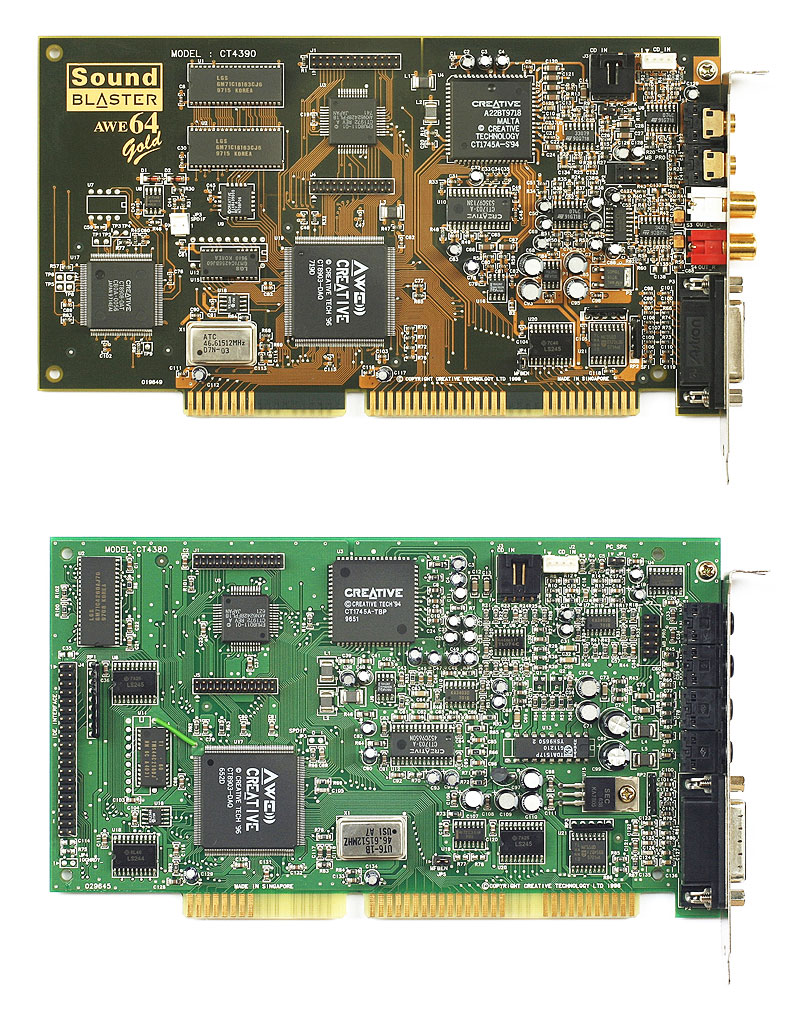


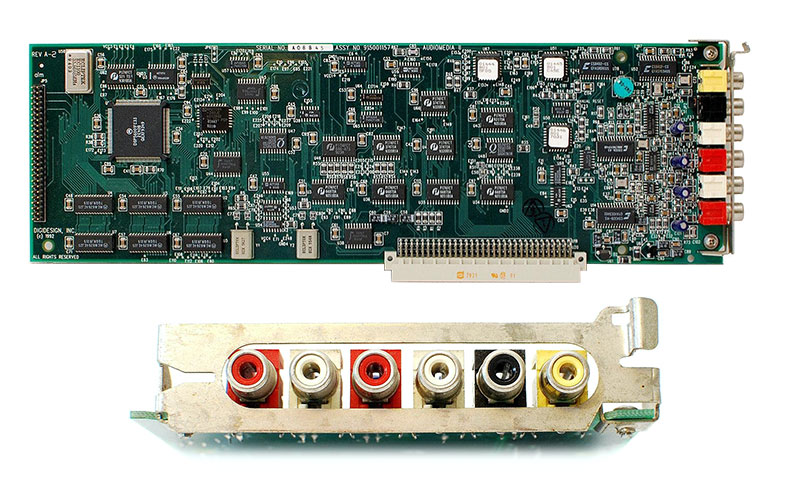
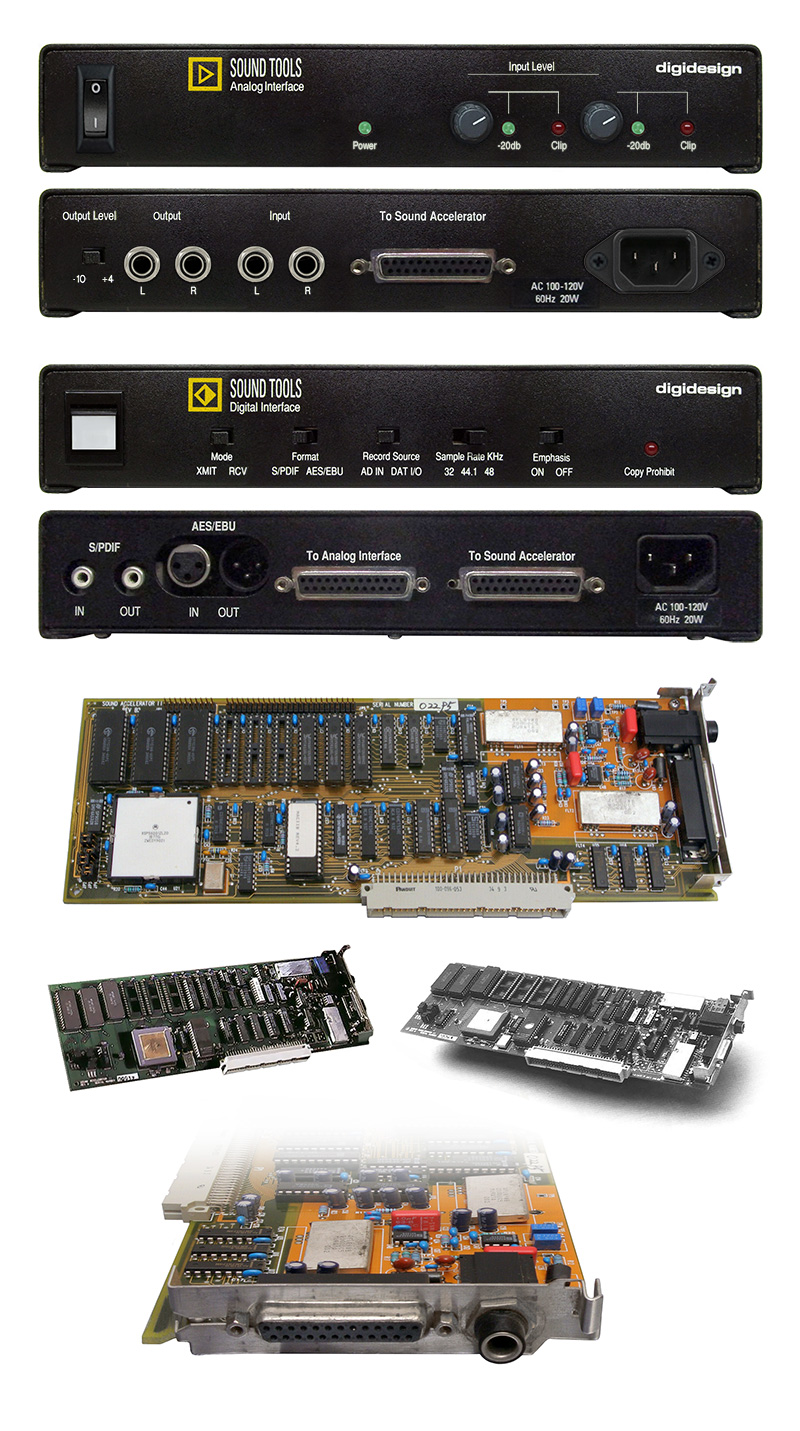
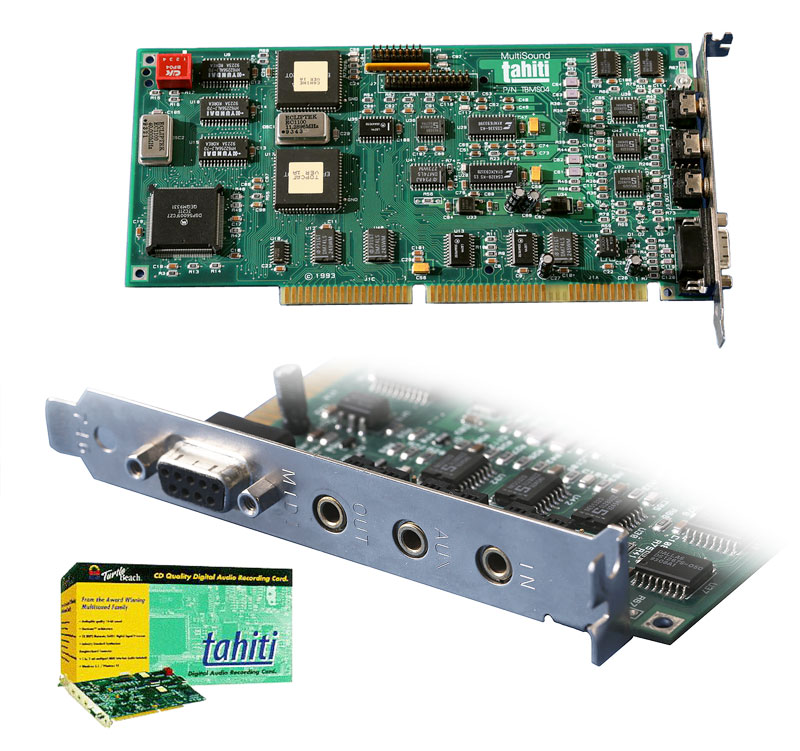


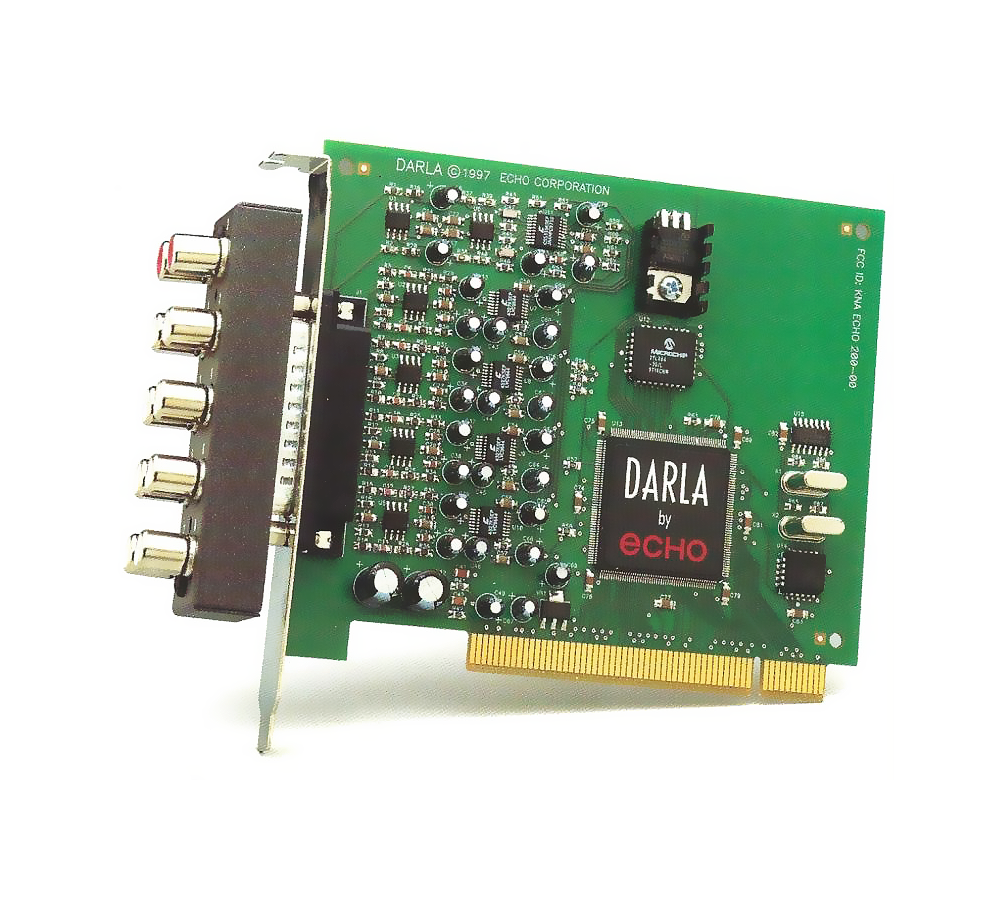
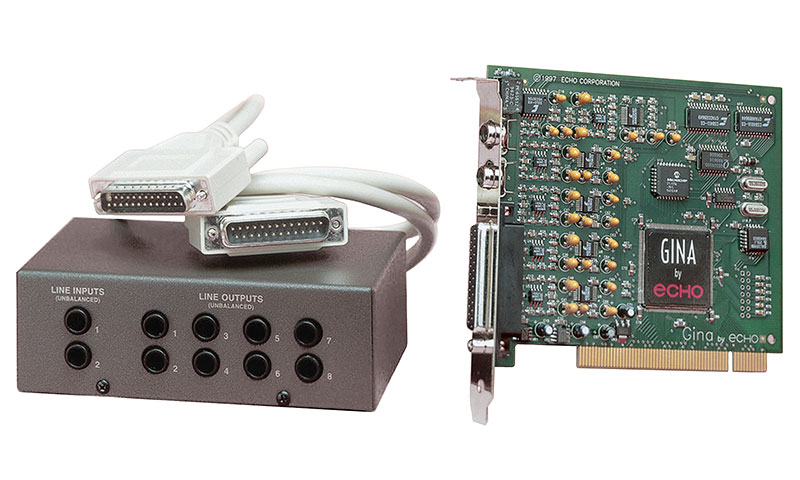
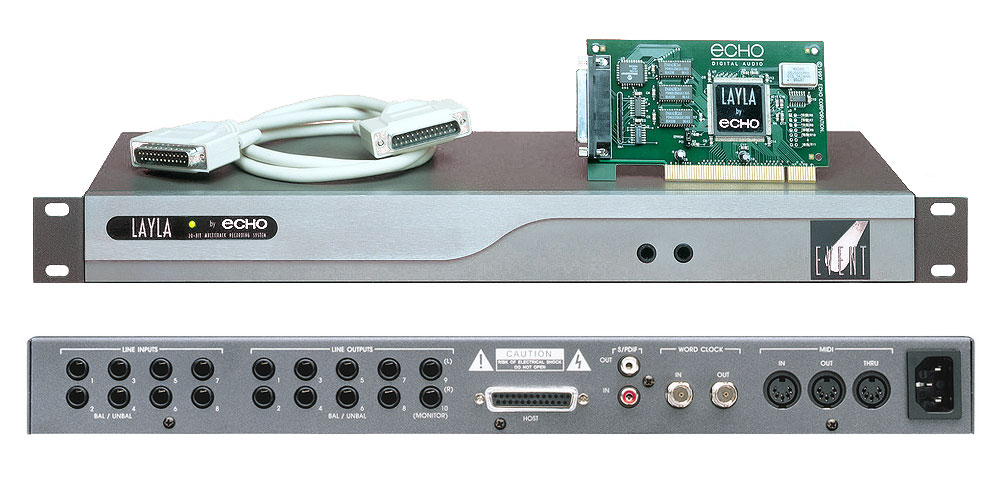


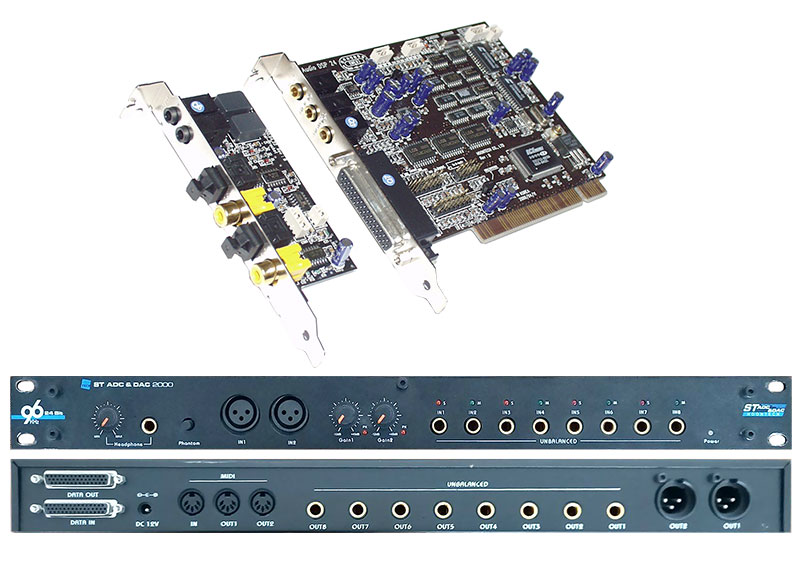
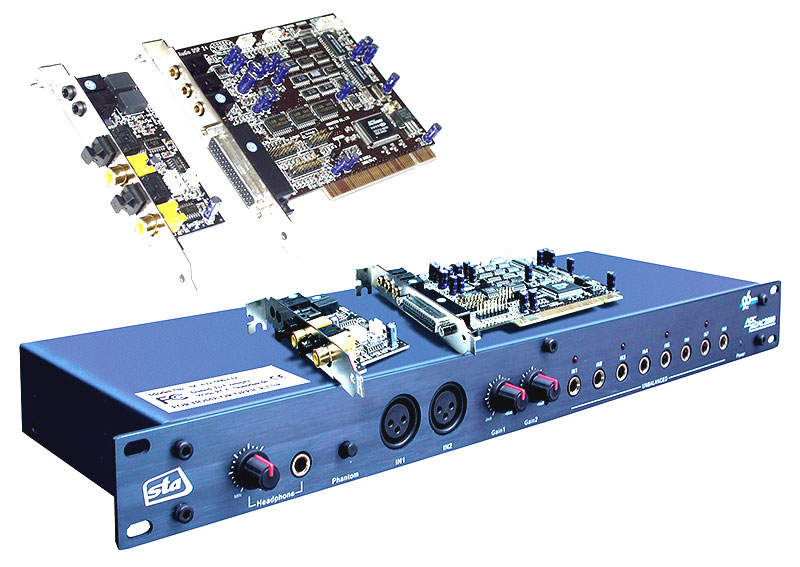
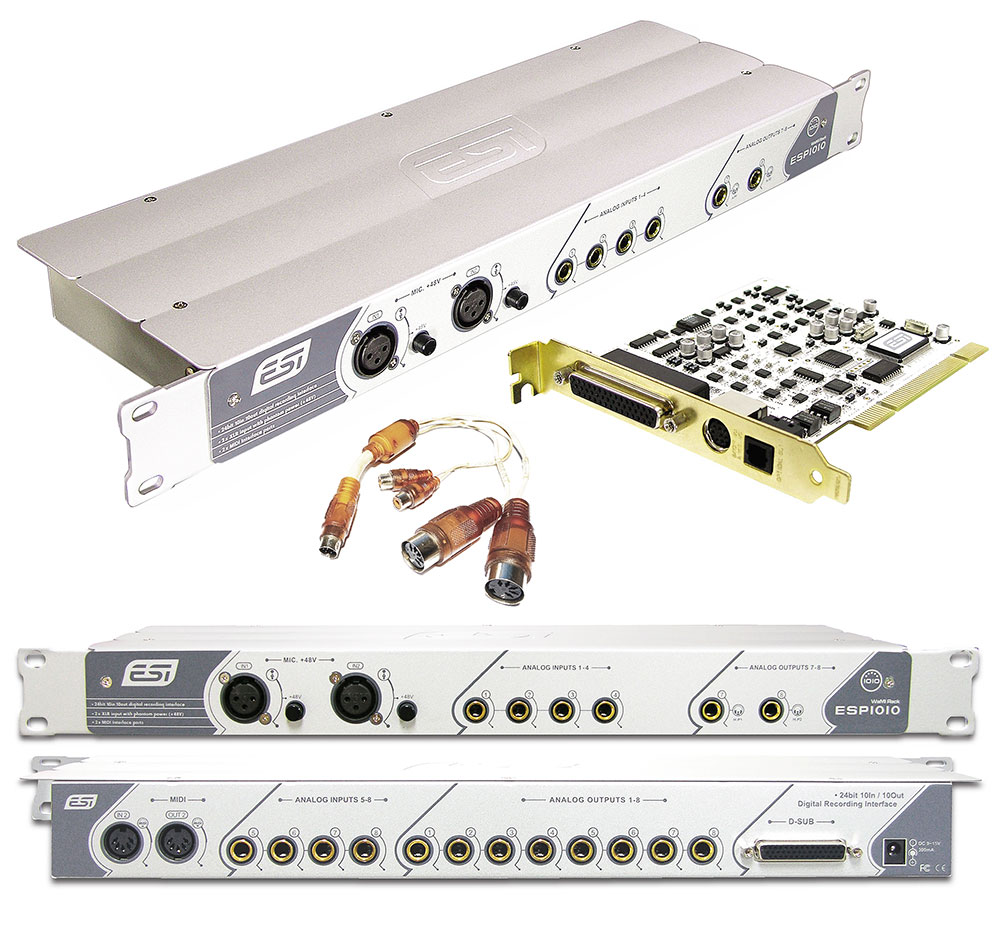

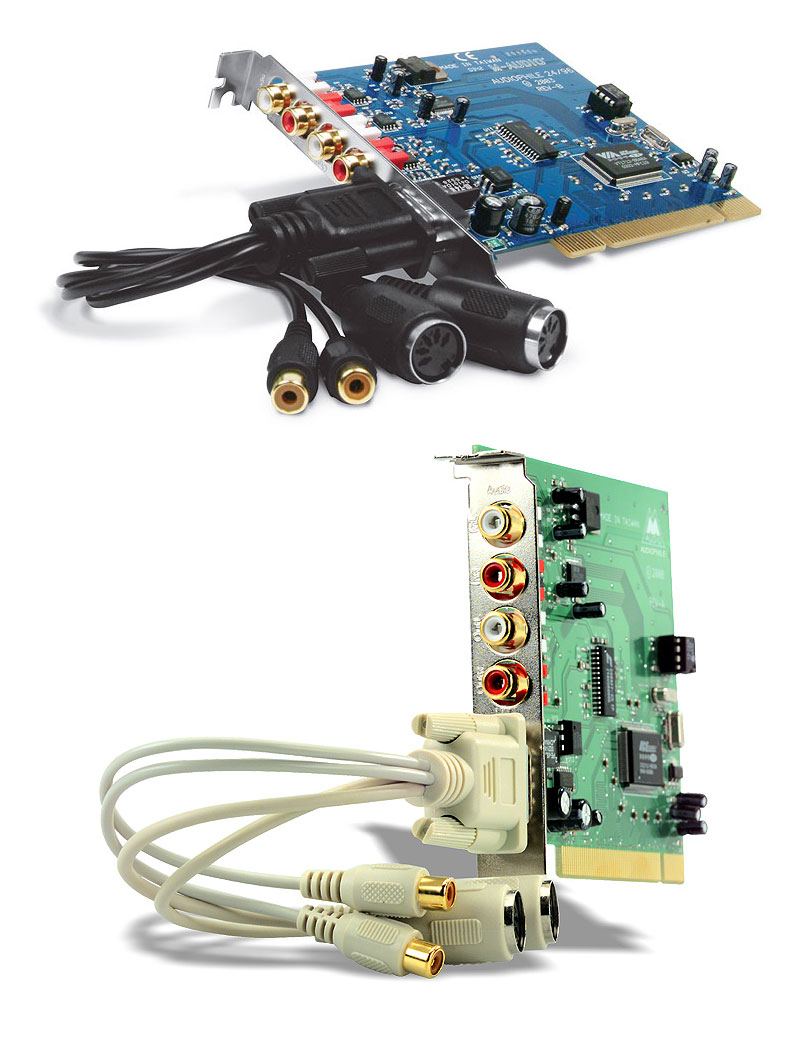







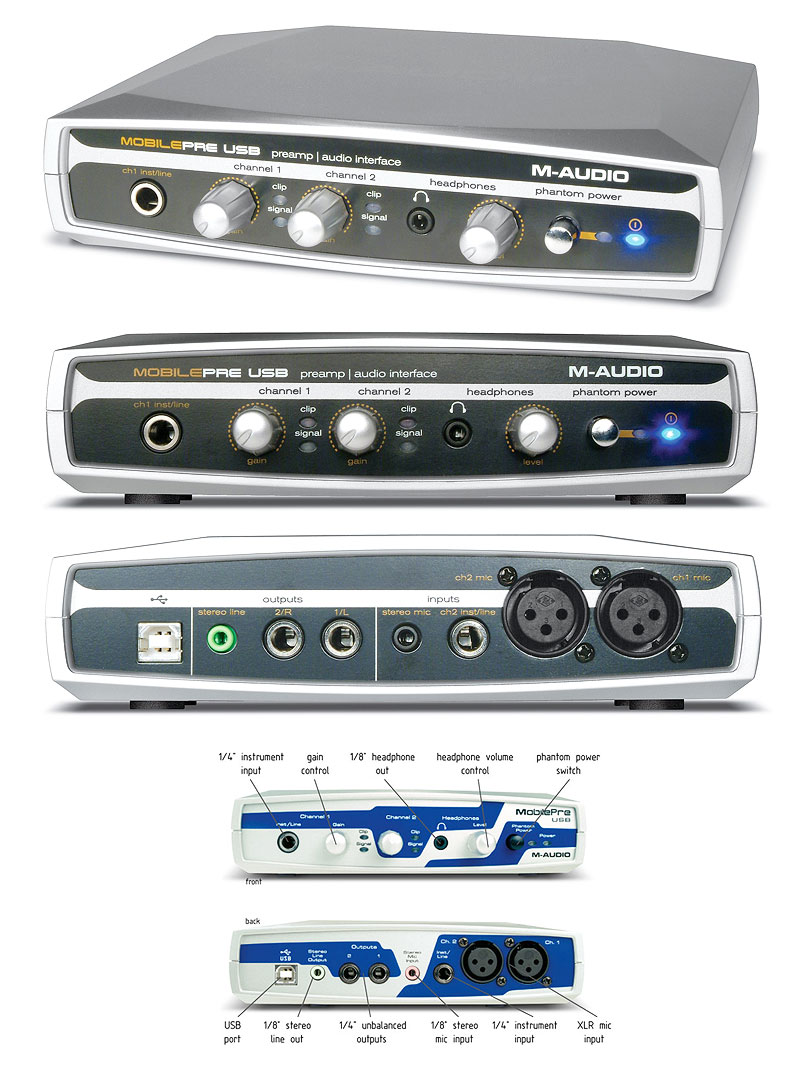
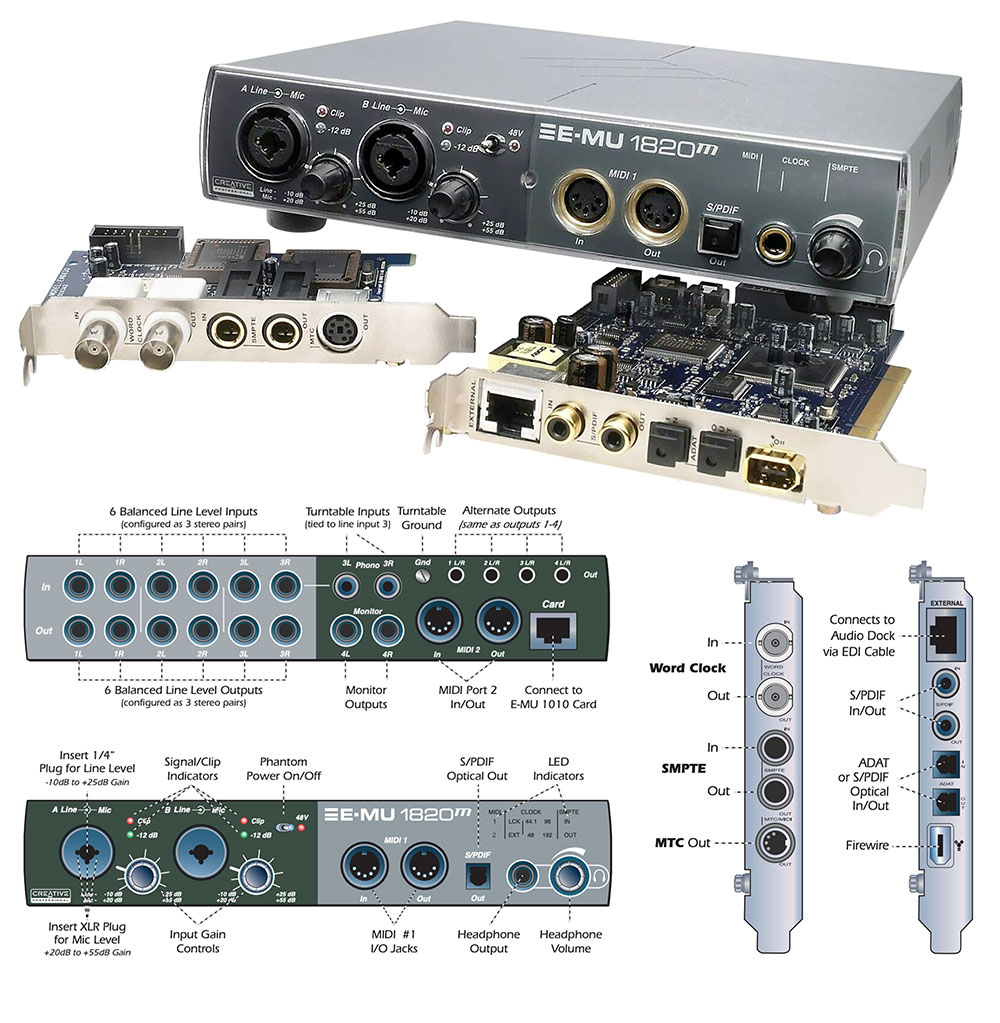
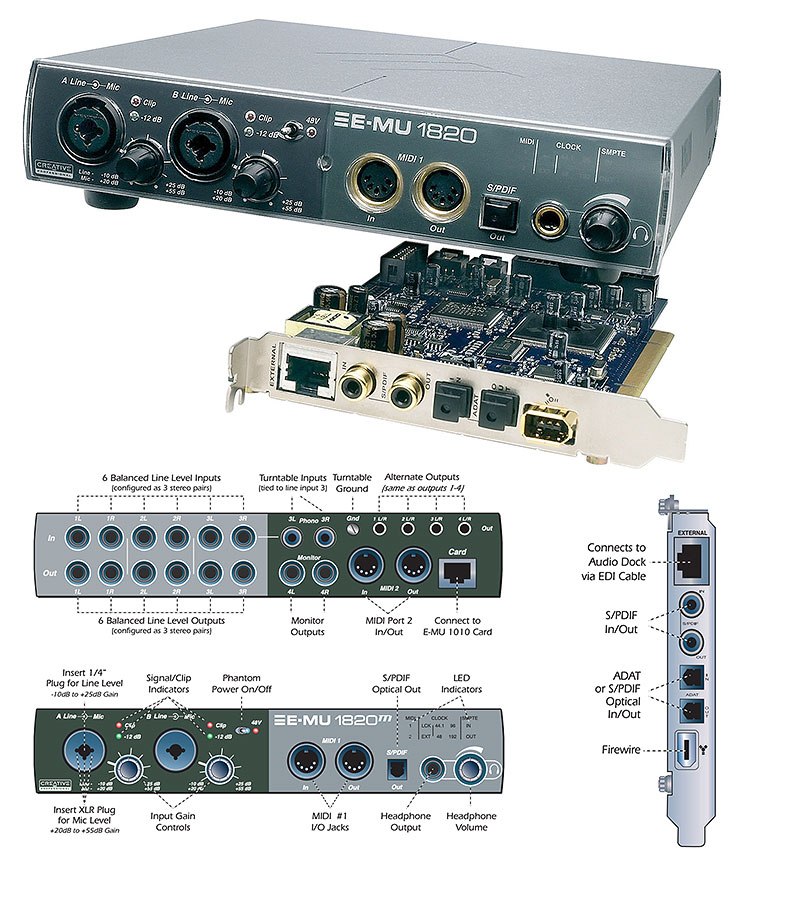
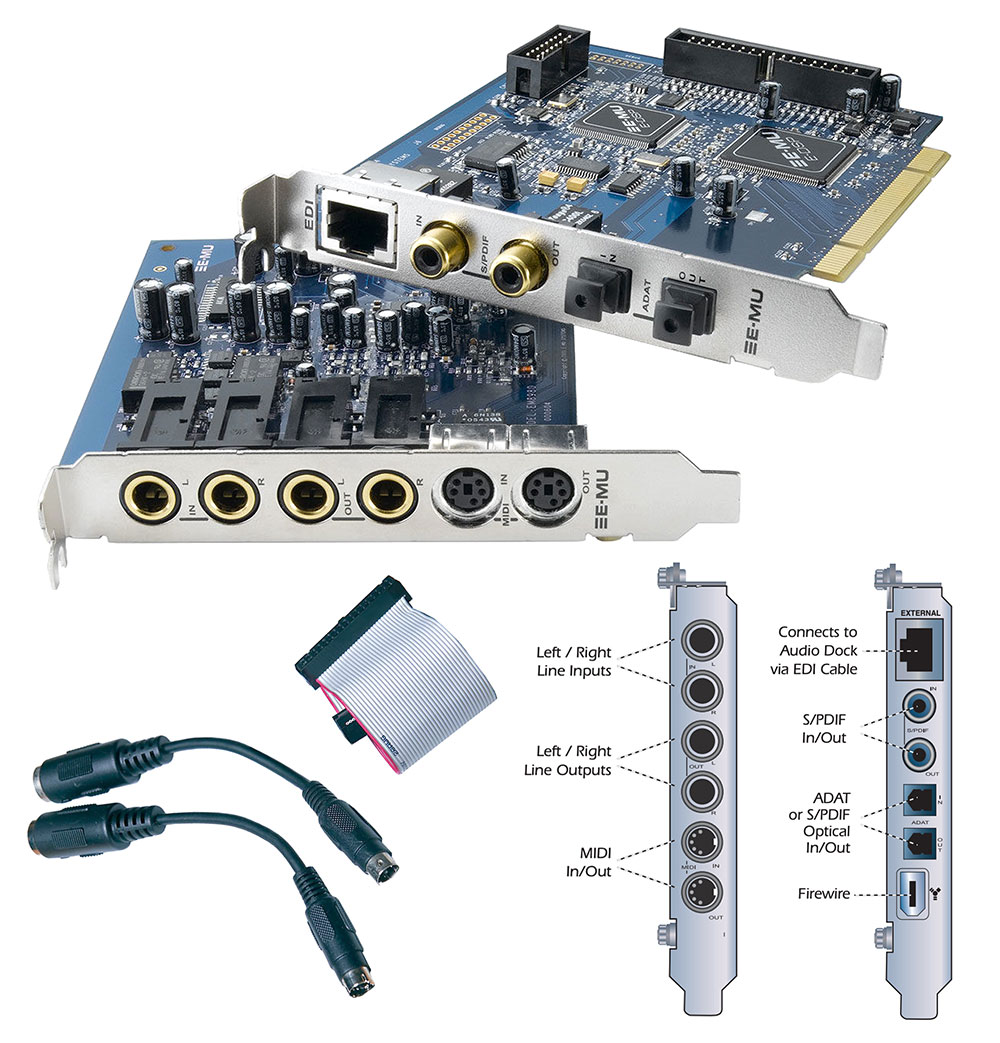
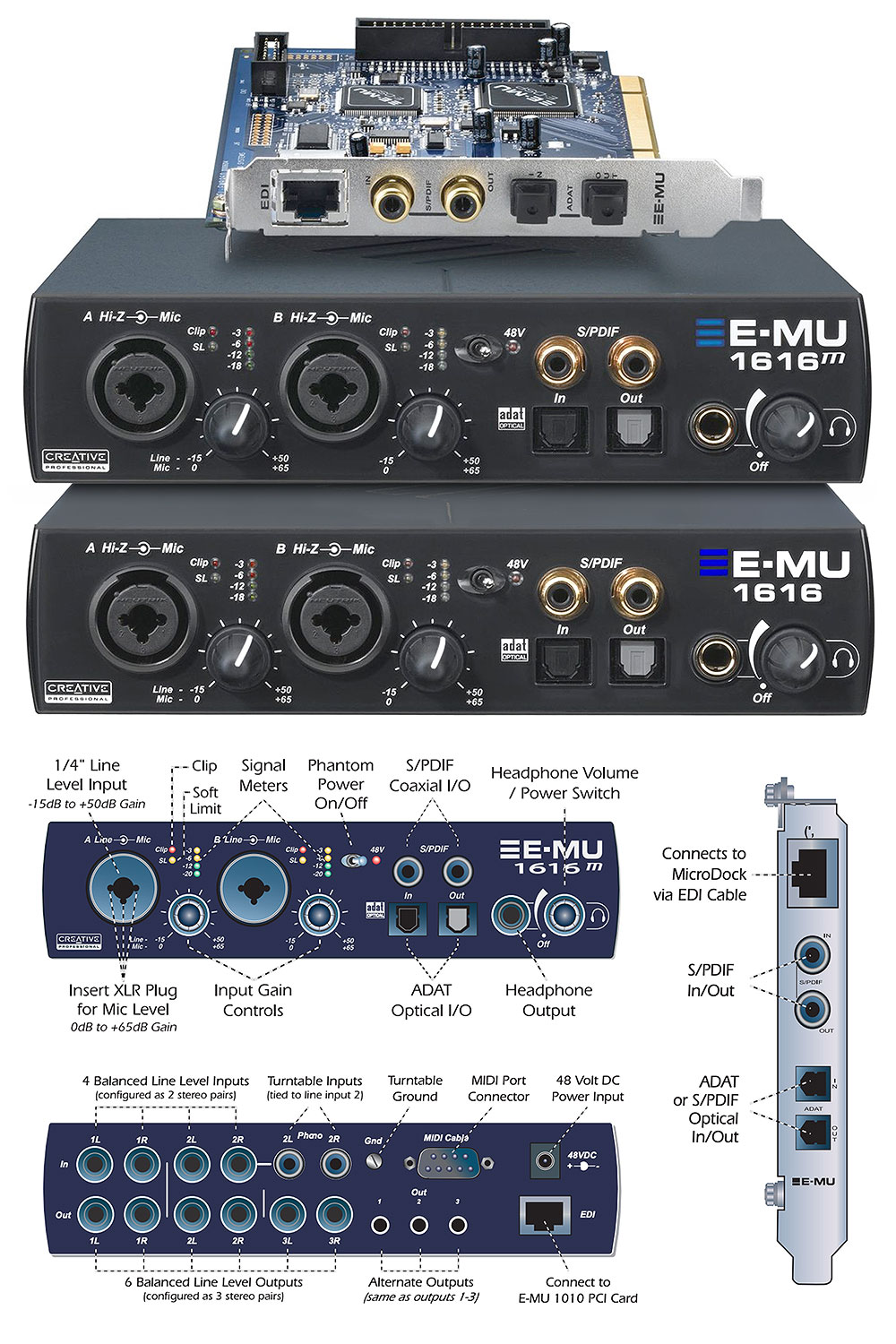
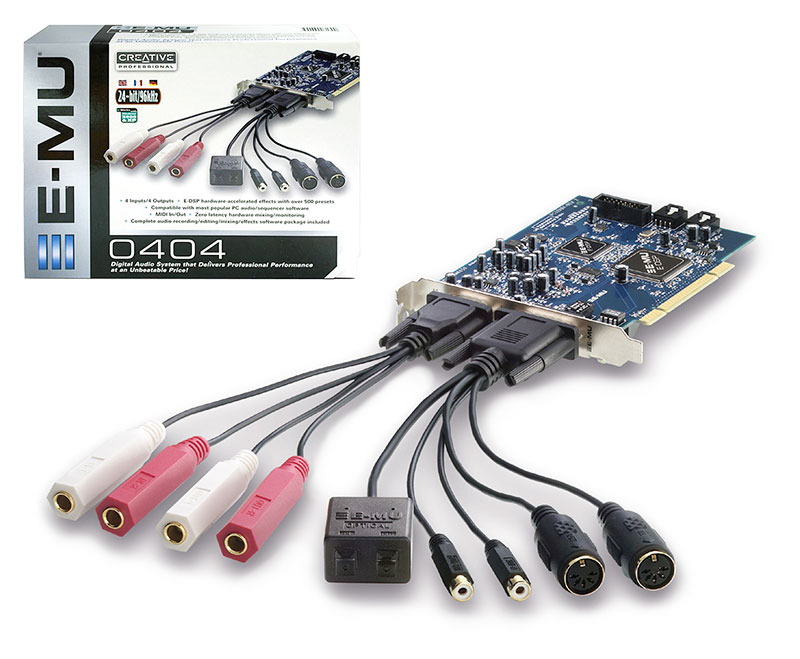
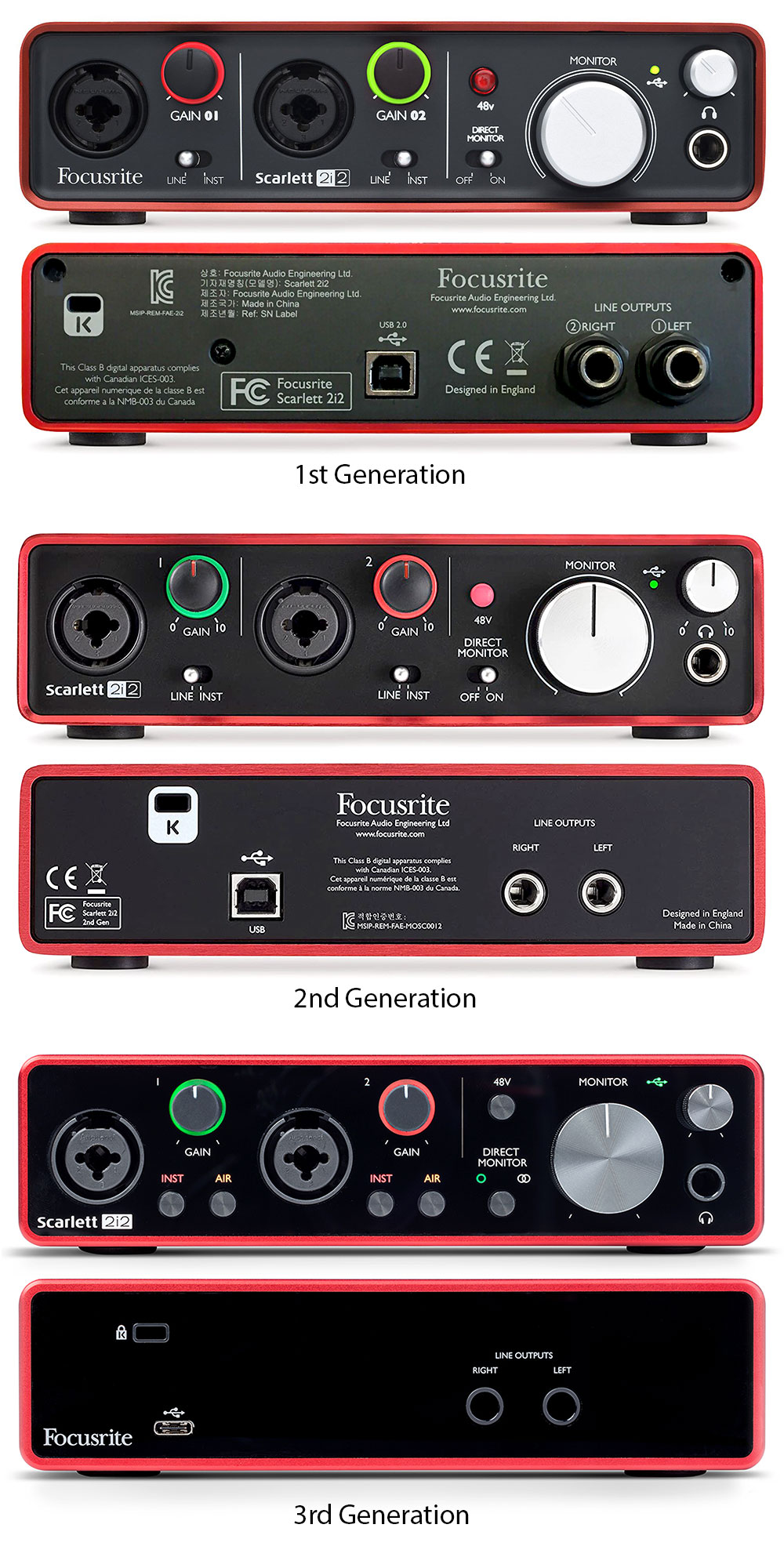


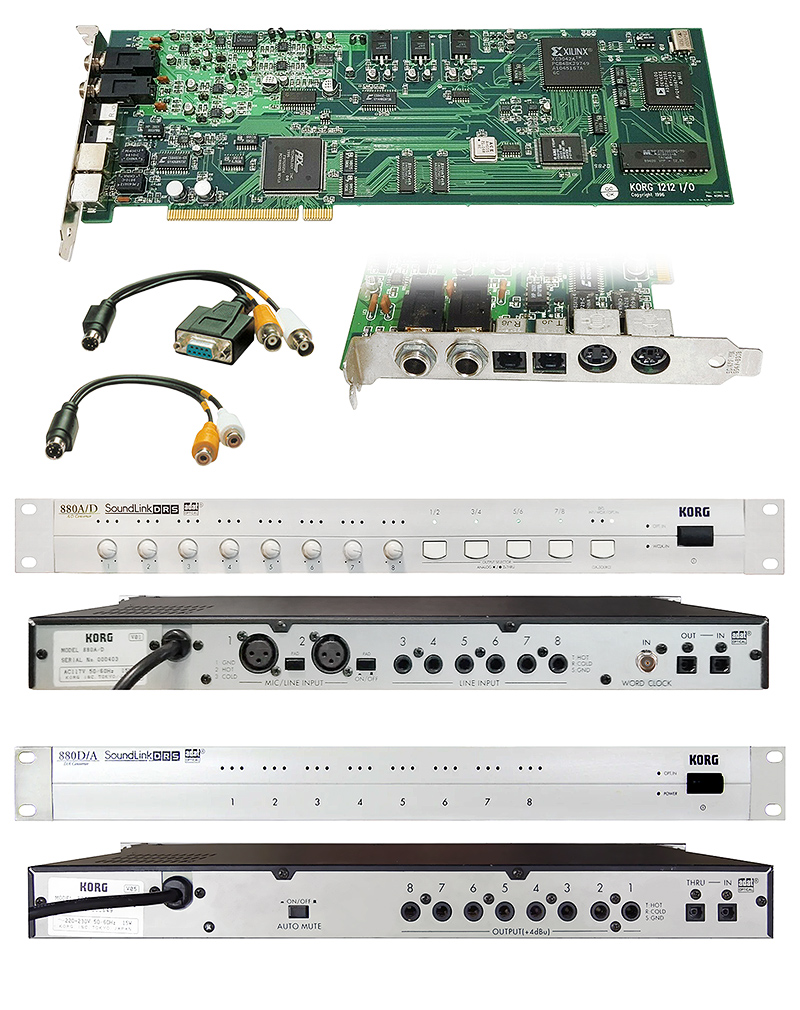
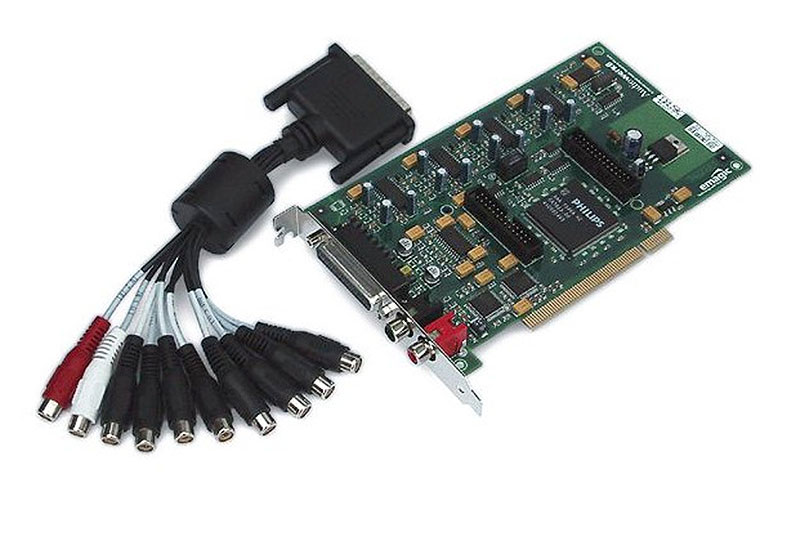

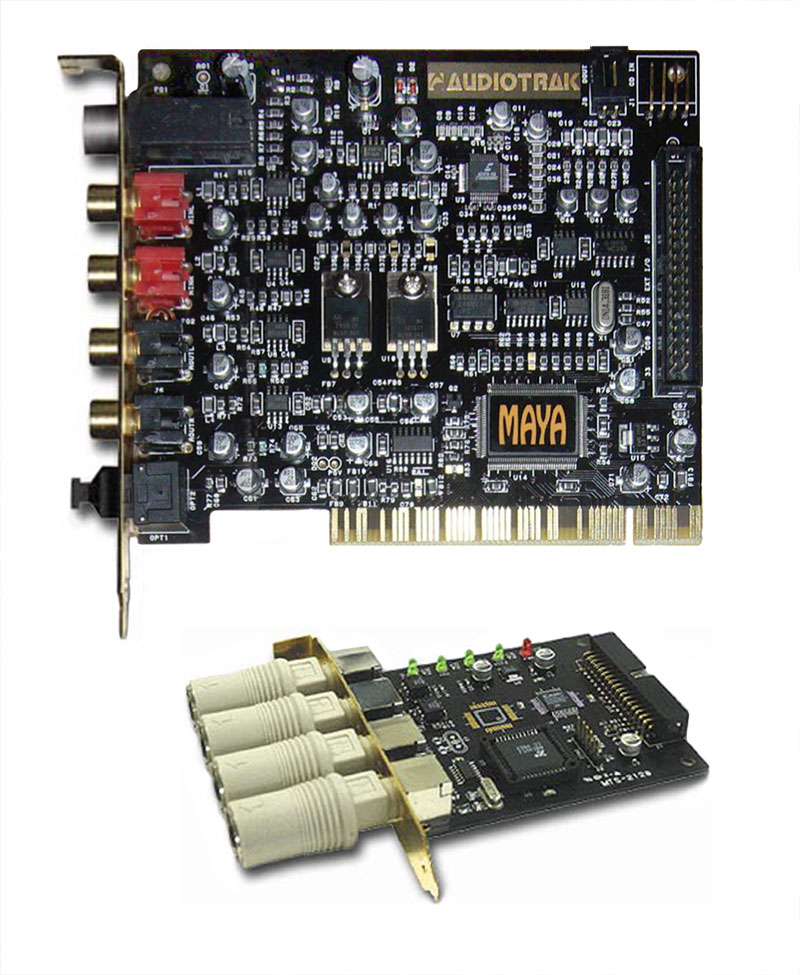
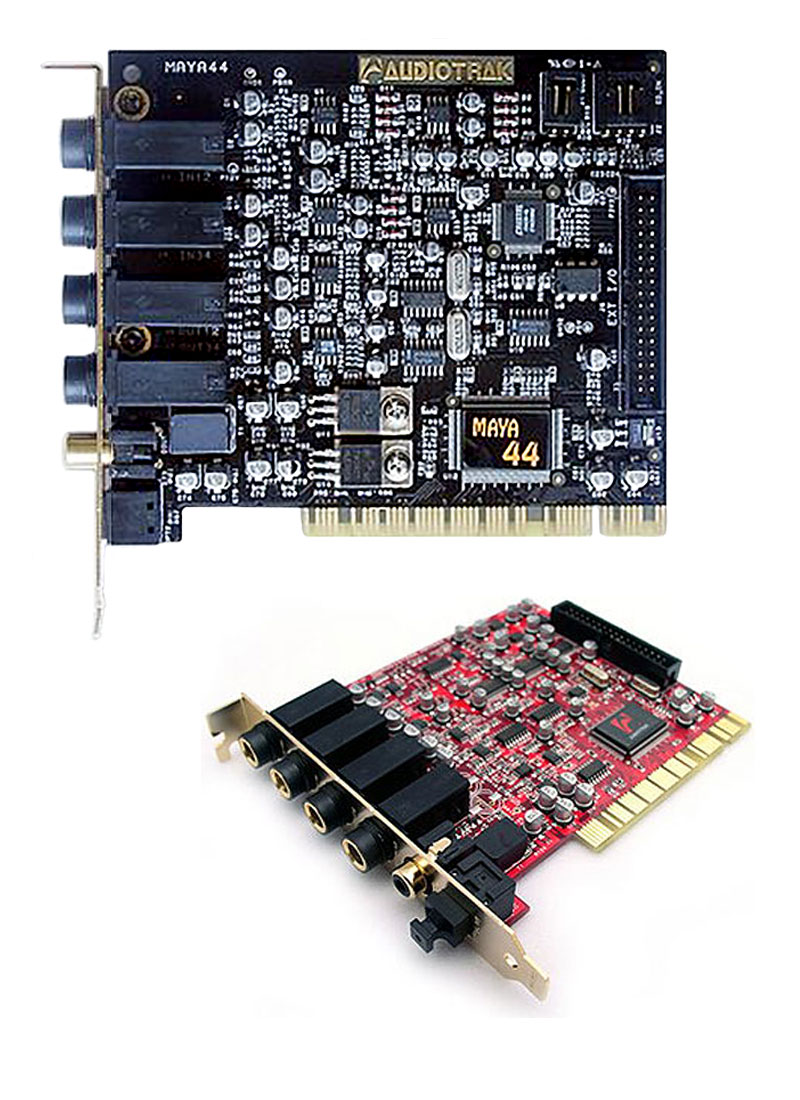
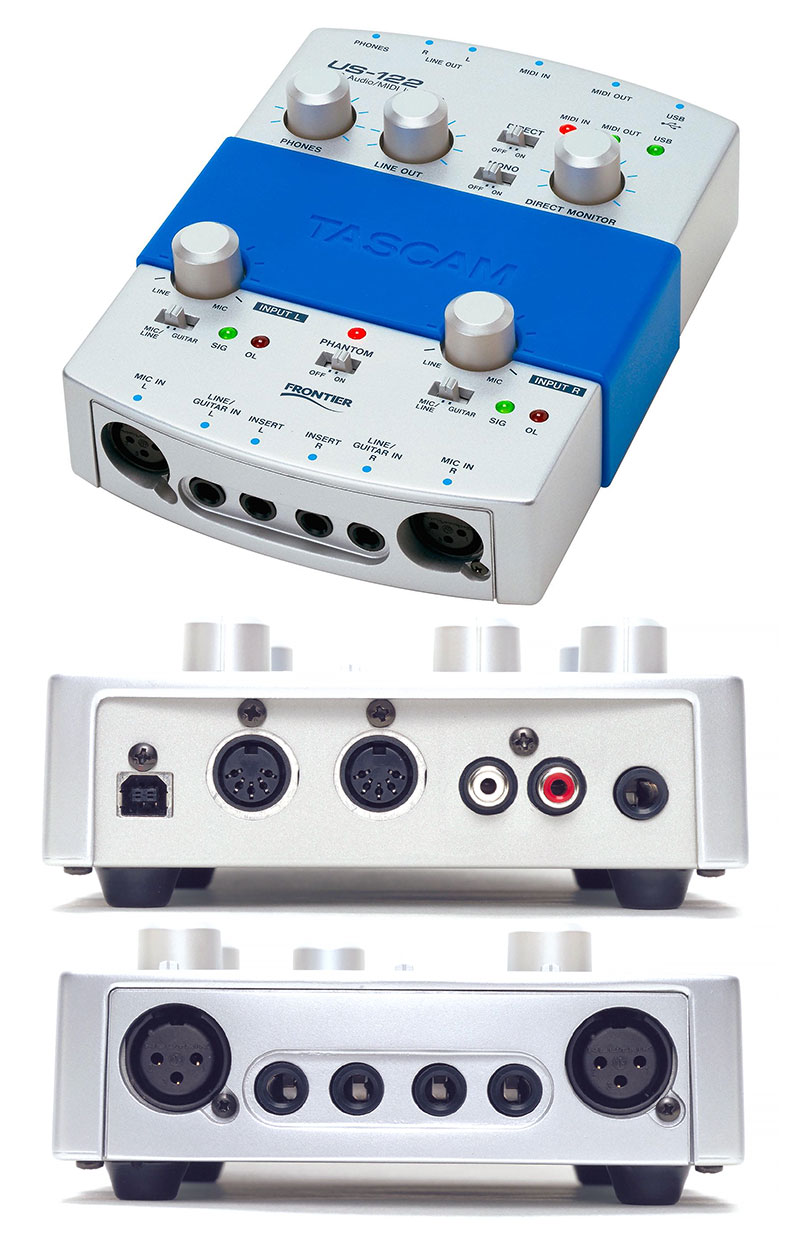
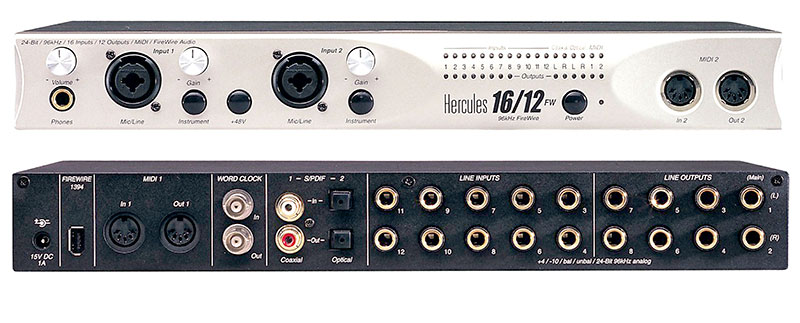
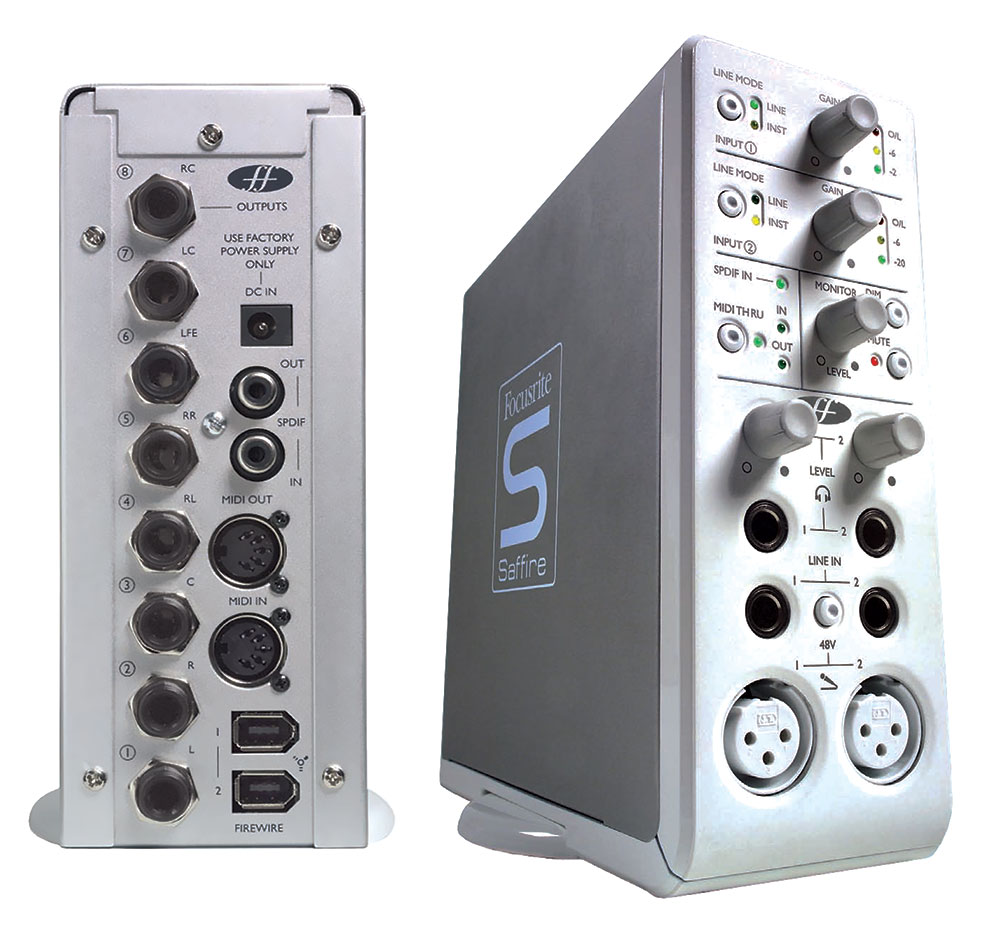
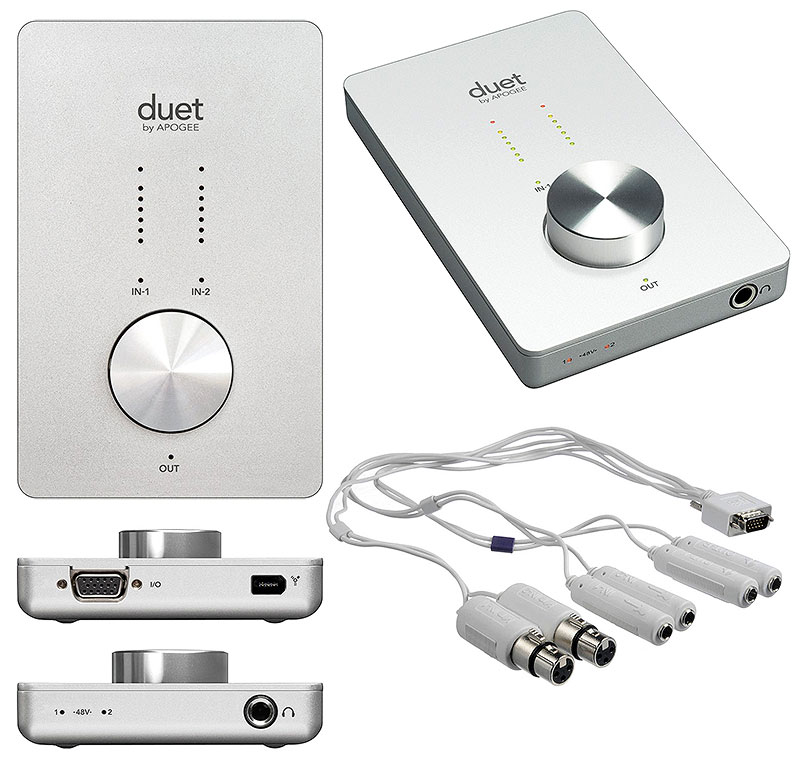





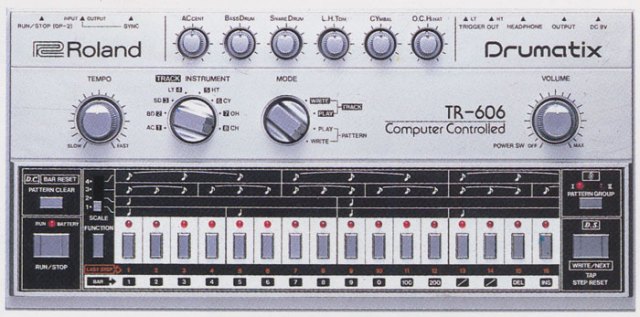
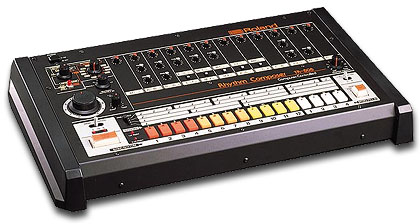
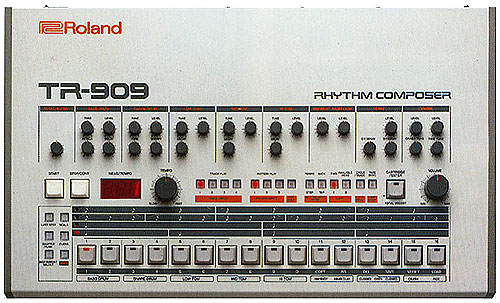
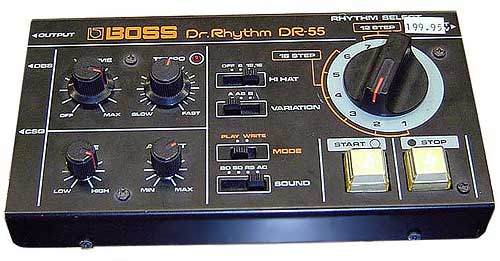
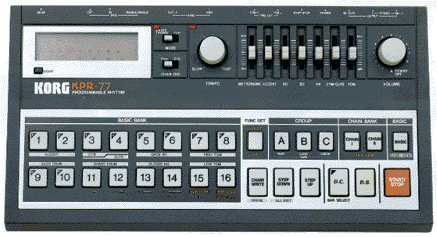


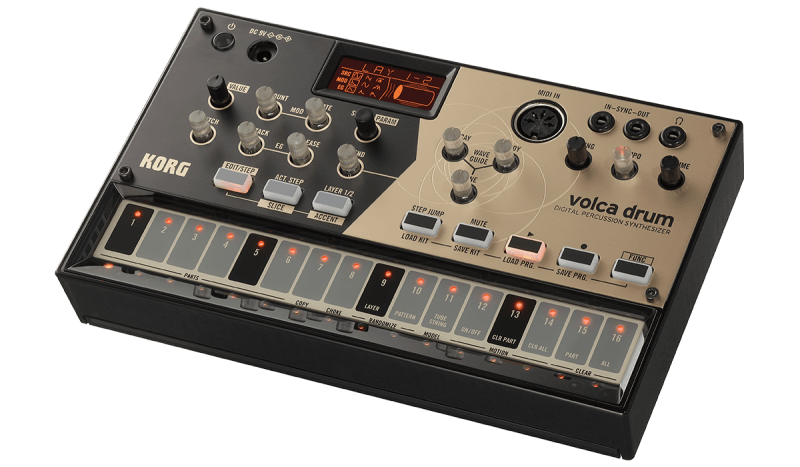
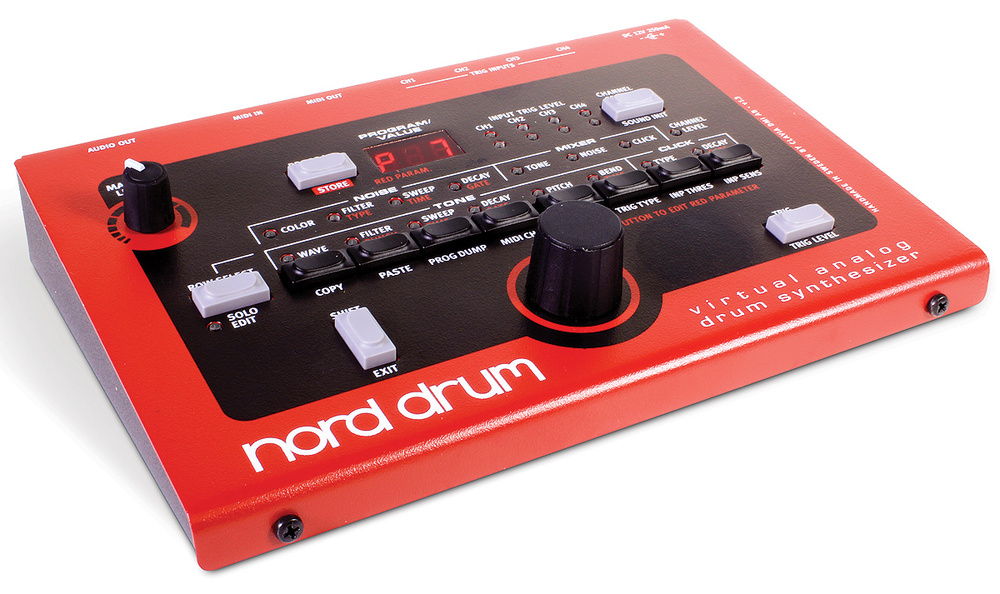
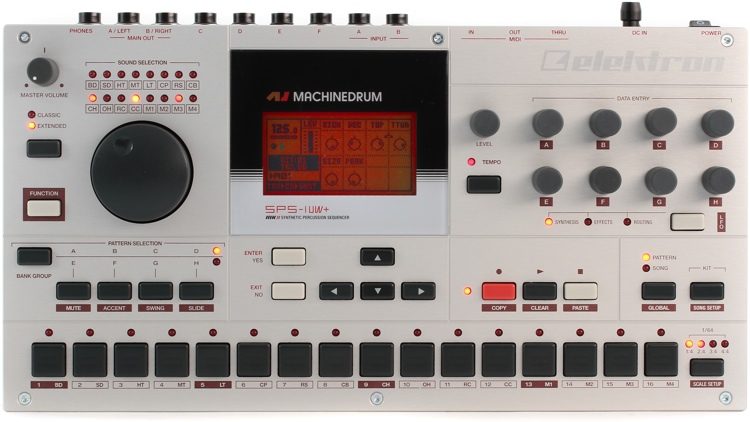
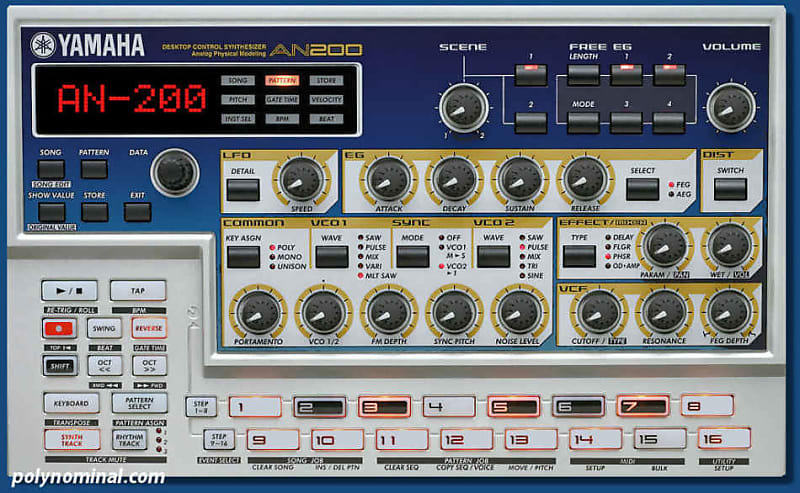

James
23-July-2020
Heading
Heading
Heading
Add a review or comment